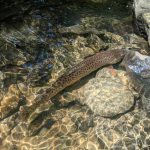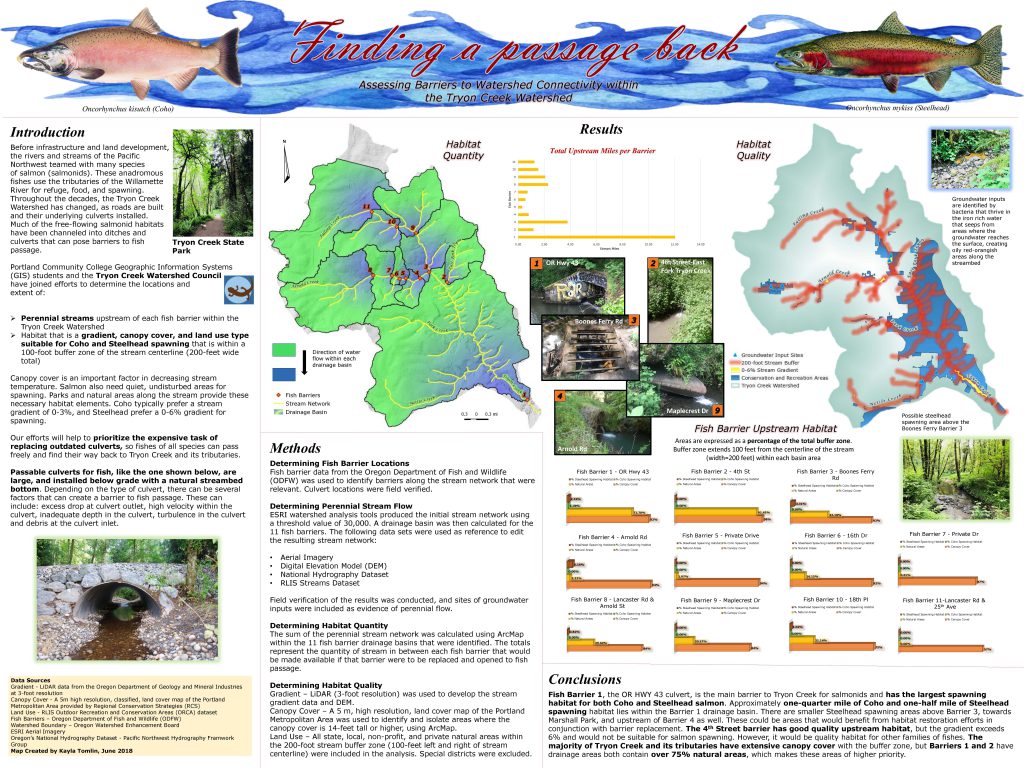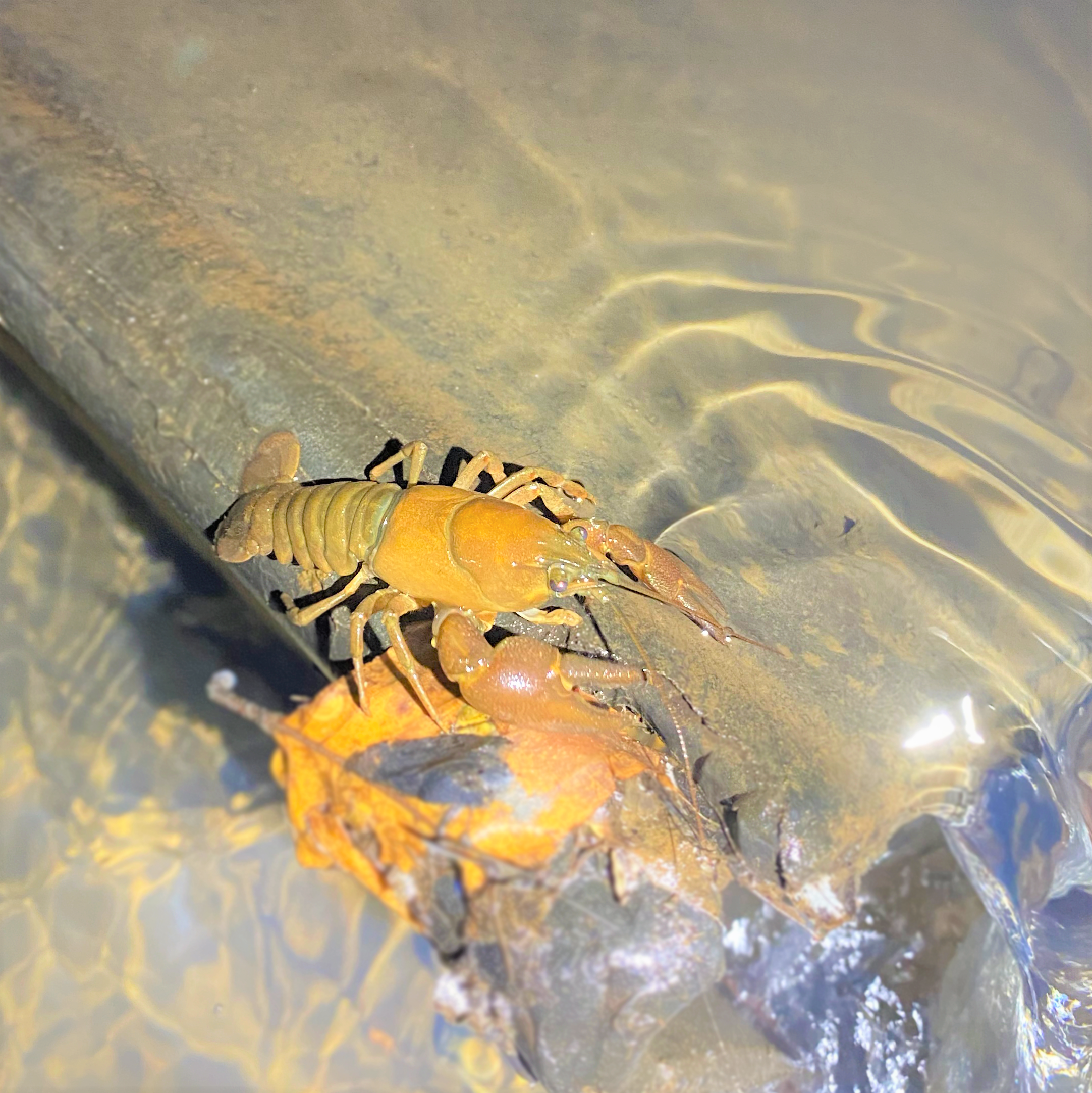Publications
BES Watershed Report Cards
City of Portland Bureau of Environmental Services (BES) publishes science-based watershed report cards on the health of Portland’s rivers, streams, and watersheds. These reports are used to assess outcomes of BES restoration projects, and identify where additional work is needed. View the Tryon Creek Report Card.
DEQ Water Quality Status and Trends
Department of Environmental Quality (DEQ) produces an annual Water Quality Status And Trends Analysis reoprt. Tryon Creek Watershed water quality status and trends can be viewed in the Willamette-Lower subbasin Results Mapper.
USFWS Coastal Cutthroat Trout Health
U.S. Fish & Wildlife Service (USFWS) published a study that assesses the overall health of the Coastal Cutthroat Trout (Oncor hynchus clarkii) population in Tryon Creek. View Brook Silver’s study here: An urban stream can support a healthy population of coastal cutthroat trout.
USFWS monitored Tryon Creek’s fish populations from 2012-2019. Follow these links to read Monitoring of Native Fish in Tryon Creek, or watch USFWS’ Brook Silver’s Science Talk, to learn more!

Crayfish Monitoring
TCWC is working with Kyla Schmitt (University of Oregon’s Clark Honors College ’25) to collect data on crayfish populations and habitats in the Tryon Creek watershed.
The objective of this study is to identify whether invasive crayfish pose a threat to the Tryon Creek watershed and to further contribute to the limited body of literature on the behavior, health, and habitat preferences of signal crayfish in the region. The first season of data collection was summer & fall 2021: Read Kyla’s publication here. Further monitoring is taking place in summer & fall 2022, with thanks to the NERI McGowan award. To read more about this volunteer opportunity, click here.
PCC GIS Student Projects
Tryon Creek Watershed Council partners with the Portland Community College (PCC) Sylvania Campus GIS program, working with students on mapping and data analysis. View PCC GIS student reports and posters below.
| Bacteria – Report | Culverts -Report |
| Fish Passage Barriers – Report | GRASS Map – Report |
| Macroinvertebrates – Report | Restoration Site Prioritization – Report |
| Wildlife Corridors – Report |
Assessing Riparian Canopy
Julia Price helped identify areas within the watershed that may expose Tryon Creek and its tributaries to warming due to a lack of adequate shade. View her StoryMap below, or at this link.
Oregon Ash in the Tryon Creek watershed
With the arrival of Emerald Ash Borer (EAB), an invasive beetle that will kill Oregon’s ash trees including native Oregon Ash, the early detection of infestations will allow land managers to slow the spread and better respond to its impacts. In spring 2023, Joseph Stout worked to map areas in the Tryon Creek watershed that are likely habitat for Oregon ash, and to develop a survey for community members to fill out to identify Oregon ash and document any symptoms of EAB. View his StoryMap below, or at this link.
Wetland Identification for Mitigation
When construction & developments occur in and near the watershed’s wetlands, mitigation is required. Because mitigation locations are identified at a larger watershed level than the Tryon Creek watershed, in spring 2022 student Andrew Cayer worked to identify wetland sites that could potentially be used for mitigation within the Tryon Creek watershed as future development occurs. View his StoryMap below, or at this link
Restoration Project Prioritization
Will Butler helped to identify possible high-priority areas for riparian restoration work. View his StoryMap below, or at this link.
Restoration Projects
A important, behind-the-scenes component of Judit’s project entailed organizing former project files, and then mapping where TCWC has implemented restoration projects (and volunteer events).
The project reflects projects managed by Tryon Creek Watershed Council; it does not encompass work areas by other agencies and partners such as West Multnomah Soil & Water Conservation Districts, Portland Parks & Recreation, Westside Watershed Resource Center, Oregon Parks & Recreation District, Friends of Tryon Creek, etc.

Fish Passage Barriers
Read more about the main fish passage barriers in the Tryon Creek watershed, and work being done to remove them, here.



